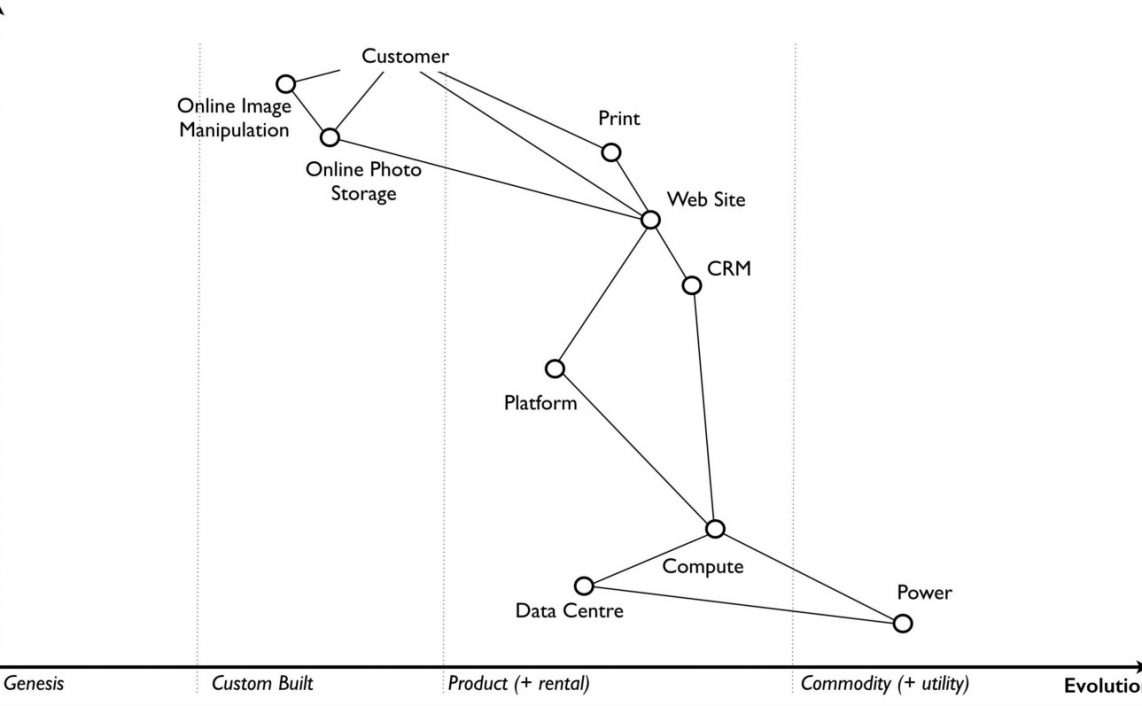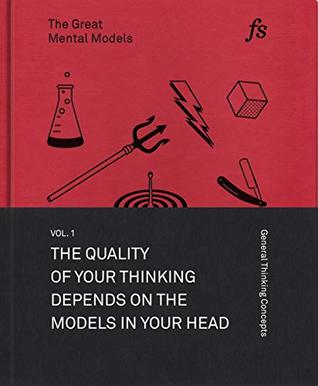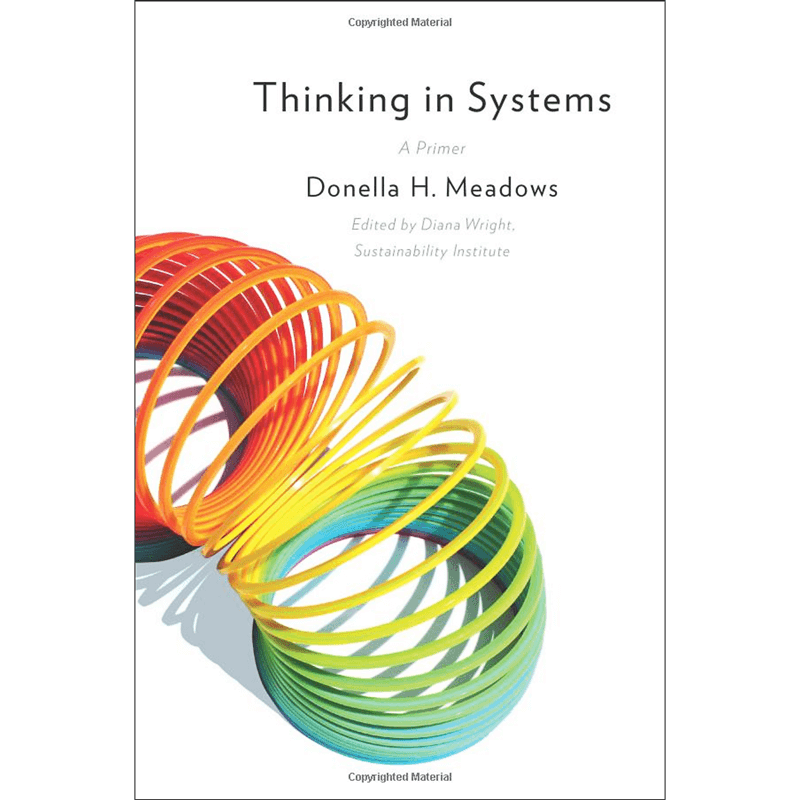
No matter your goals, Atomic Habits offers a proven framework for improving–every day. James Clear, one of the world’s leading experts on habit formation, reveals practical strategies that will teach you exactly how to form good habits, break bad ones, and master the tiny behaviors that lead to remarkable results.
Goodreads
Atomic Habits came highly recommended from many people I know and from the Twitterverse. Reading the book, though, was a bit of a mixed experience.
I really like the accessible, informal tone of the book. It felt like a long blog post written by a friend rather than reading a ~250 page long book. There isn’t a lot of “scholarly” pretension anywhere in the book, though James undoubtedly knows what he is talking about very deeply from an academic perspective too.
He builds out a nice 4 point framework for building habits and explains some good practices built around behavioural trigger that can help us reshape our lives.
The most powerful takeaways for me were:
- Think in terms of processes and journeys rather than fixed, boolean goals.
- Tiny changes add up over time.
Neither of these are new ideas by any means – the agile process is essentially the former and compound interest the latter – but somehow neither is very intuitive to us and they are where I think most people fail over the long term. James reiterates these points many, many times in the book, and cautions against the big-bang success narratives riddled with survivorship bias.
Atomic Habits is a great book if you are looking for something prescriptive which will lay out a bunch of do’s and dont’s for creating new habits and breaking old ones. It is full of directly actionable advice.
My problem with the book is actually what I mentioned above – there are no new ideas in this book. I was looking to learn more deeply about how habits work with respect to the human mind and psychology. I realized that this was the wrong expectation only after I a long way into the book. Even so, I came away from the book without the feeling of having “learnt” anything. There are no really new or groundbreaking ideas here. The book is essentially a “practitioner’s guide” of the many years James has spent learning and talking about the subject. Thinking Fast, and Slow is a better book for those who want a deeper study of the mind.
Here are my highlights from reading “Atomic Habits”. This is not a summary of the book. James does that himself by giving very succinct summaries at the end of each chapter. These are just some passages from the book that stood out for me.
- In the long run, the quality of our lives often depends on the quality of our habits.
- It is so easy to overestimate the importance of one defining moment and underestimate the value of making small improvements on a daily basis.
- Habits are the compound interest of self-improvement.
- Be far more concerned with your current trajectory than with your current results.
- Your outcomes are a lagging measure of your habits. Your net worth is a lagging measure of your financial habits. Your weight is a lagging measure of your eating habits. Your knowledge is a lagging measure of your learning habits. Your clutter is a lagging measure of your cleaning habits. You get what you repeat.
- Habits often appear to make no difference until you cross a critical threshold and unlock a new level of performance.
- Mastery requires patience.
- Goals are about the results you want to achieve. Systems are about the processes that lead to those results.
- If you want better results, then forget about setting goals. Focus on your system instead.
- Goals are good for setting a direction, but systems are best for making progress.
- Goal setting suffers from a serious case of survivorship bias. We concentrate on the people who end up winning—the survivors—and mistakenly assume that ambitious goals led to their success while overlooking all of the people who had the same objective but didn’t succeed.
- We think we need to change our results, but the results are not the problem. What we really need to change are the systems that cause those results.
- Fix the inputs and the outputs will fix themselves.
- The problem with a goals-first mentality is that you’re continually putting happiness off until the next milestone.
- When you fall in love with the process rather than the product, you don’t have to wait to give yourself permission to be happy. You can be satisfied anytime your system is running.
- The purpose of setting goals is to win the game. The purpose of building systems is to continue playing the game. True long-term thinking is goal-less thinking. It’s not about any single accomplishment. It is about the cycle of endless refinement and continuous improvement.
- You do not rise to the level of your goals. You fall to the level of your systems.
- An atomic habit is a little habit that is part of a larger system.
- Behind every system of actions are a system of beliefs.
- There are a set of beliefs and assumptions that shape the system, an identity behind the habits. Behaviour that is incongruent with the self will not last.
- The ultimate form of intrinsic motivation is when a habit becomes part of your identity. It’s one thing to say I’m the type of person who wants this. It’s something very different to say I’m the type of person who is this.
- True behaviour change is identity change.
- The real reason you fail to stick with habits is that your self-image gets in the way.
- Your habits are how you embody your identity.
- The process of building habits is actually the process of becoming yourself.
- Each habit not only gets results but also teaches you something far more important: to trust yourself. You start to believe you can actually accomplish these things. When the votes mount up and the evidence begins to change, the story you tell yourself begins to change as well.
- Decide the type of person you want to be. Prove it to yourself with small wins.
- Work backward from the results you want to the type of person who could get those results.
- Your identity is not set in stone. You have a choice in every moment.
- “Habits are, simply, reliable solutions to recurring problems in our environment.”
- One of our greatest challenges in changing habits is maintaining awareness of what we are actually doing.
- People who make a specific plan for when and where they will perform a new habit.
- Being specific about what you want and how you will achieve it helps you say no to things that derail progress, distract your attention, and pull you off course.
- The Diderot Effect states that obtaining a new possession often creates a spiral of consumption that leads to additional purchases.
- Environment is the invisible hand that shapes human behavior.
- Make sure the best choice is the most obvious one.
- If you’re overweight, a smoker, or an addict, you’ve been told your entire life that it is because you lack self-control—maybe even that you’re a bad person.
- Bad habits are autocatalytic: the process feeds itself.
- Self-control is a short-term strategy, not a long-term one. You may be able to resist temptation once or twice, but it’s unlikely you can muster the willpower to override your desires every time.
- It is the anticipation of a reward—not the fulfillment of it—that gets us to take action.
- Temptation bundling works by linking an action you want to do with an action you need to do.
- Temptation bundling is one way to apply a psychology theory known as Premack’s Principle. Named after the work of professor David Premack, the principle states that “more probable behaviors will reinforce less probable behaviors.”
- Join a culture where (1) your desired behavior is the normal behavior and (2) you already have something in common with the group.
- Nothing sustains motivation better than belonging to the tribe.
- Habits are all about associations.
- The cause of your habits is actually the prediction that precedes them. These predictions lead to feelings, which is how we typically describe a craving—a feeling, a desire, an urge.
- Habit formation is the process by which a behavior becomes progressively more automatic through repetition. The more you repeat an activity, the more the structure of your brain changes to become efficient at that activity.
- A commitment device is a choice you make in the present that controls your actions in the future.2 It is a way to lock in future behavior, bind you to good habits, and restrict you from bad ones.
- Commitment devices are useful because they enable you to take advantage of good intentions before you can fall victim to temptation.
- The best way to break a bad habit is to make it impractical to do. Increase the friction until you don’t even have the option to act.
- Technology can transform actions that were once hard, annoying, and complicated into behaviors that are easy, painless, and simple.
- Mathematician and philosopher Alfred North Whitehead wrote, “Civilization advances by extending the number of operations we can perform without thinking about them.”
- We are more likely to repeat a behavior when the experience is satisfying.
- The first three laws of behavior change—make it obvious, make it attractive, and make it easy—increase the odds that a behavior will be performed this time. The fourth law of behavior change—make it satisfying—increases the odds that a behavior will be repeated next time. It completes the habit loop.
- You value the present more than the future.
- A reward that is certain right now is typically worth more than one that is merely possible in the future.
- The costs of your good habits are in the present. The costs of your bad habits are in the future.
- Let’s update the Cardinal Rule of Behavior Change: What is immediately rewarded is repeated. What is immediately punished is avoided.
- In a perfect world, the reward for a good habit is the habit itself. In the real world, good habits tend to feel worthwhile only after they have provided you with something.
- Use reinforcement, which refers to the process of using an immediate reward to increase the rate of a behavior.
- Incentives can start a habit. Identity sustains a habit.
- Making progress is satisfying, and visual measures—like moving paper clips or hairpins or marbles—provide clear evidence of your progress. As a result, they reinforce your behavior and add a little bit of immediate satisfaction to any activity.
- Habit tracking also helps keep your eye on the ball: you’re focused on the process rather than the result.
- The problem is not slipping up; the problem is thinking that if you can’t do something perfectly, then you shouldn’t do it at all.
- The dark side of tracking a particular behavior is that we become driven by the number rather than the purpose behind it.
- Named after the economist Charles Goodhart, the principle states, “When a measure becomes a target, it ceases to be a good measure.”
- Measurement is only useful when it guides you and adds context to a larger picture, not when it consumes you.
- The more immediate the pain, the less likely the behavior.
- People are born with different abilities.
- Our environment determines the suitability of our genes and the utility of our natural talents.
- Genes can predispose, but they don’t predetermine.
- The takeaway is that you should build habits that work for your personality.
- Choose the habit that best suits you, not the one that is most popular.
- A good player works hard to win the game everyone else is playing. A great player creates a new game that favors their strengths and avoids their weaknesses.
- Work hard on the things that come easy.
- The Goldilocks principle states that humans experience peak motivation when working on tasks that are right on the edge of their current abilities. Not too hard. Not too easy. Just right.
- A flow state is the experience of being “in the zone” and fully immersed in an activity. Scientists have tried to quantify this feeling. They found that to achieve a state of flow, a task must be roughly 4 percent beyond your current ability.
- At some point it comes down to who can handle the boredom of training every day, doing the same lifts over and over and over.
- Mastery requires practice. But the more you practice something, the more boring and routine it becomes. Once the beginner gains have been made and we learn what to expect, our interest starts to fade.
- The greatest threat to success is not failure but boredom. We get bored with habits because they stop delighting us.
- Professionals stick to the schedule; amateurs let life get in the way.
- Habits are necessary, but not sufficient for mastery. What you need is a combination of automatic habits and deliberate practice.
- The more sacred an idea is to us—that is, the more deeply it is tied to our identity—the more strongly we will defend it against criticism.
- When you cling too tightly to one identity, you become brittle. Lose that one thing and you lose yourself.
- Success is not a goal to reach or a finish line to cross. It is a system to improve, an endless process to refine.
Read next : More book reviews.









Hello Kislay verma..!
You have highlighted the most important point of the books.As a reader always I expect this,so that I get a pure idea about the book and under purpose of the books. BTW I also write review you can check it out here – https://healthybookish.com/atomic-habit-book-review/
Great review, Kislay. For me it was one of those books, which should have been a blog and you have written that. So, thank you. Please write a few hundred of these and the humanity will thank you for saving millions of hours which can be spent in reading real books.
The power of habit explains the science behind habits a lot better. While you are at it, do read the tell-tale brain. Most psychology bits are explained by evolution. The remaining parts are better explained by biology 🙂
Beautiful book review!